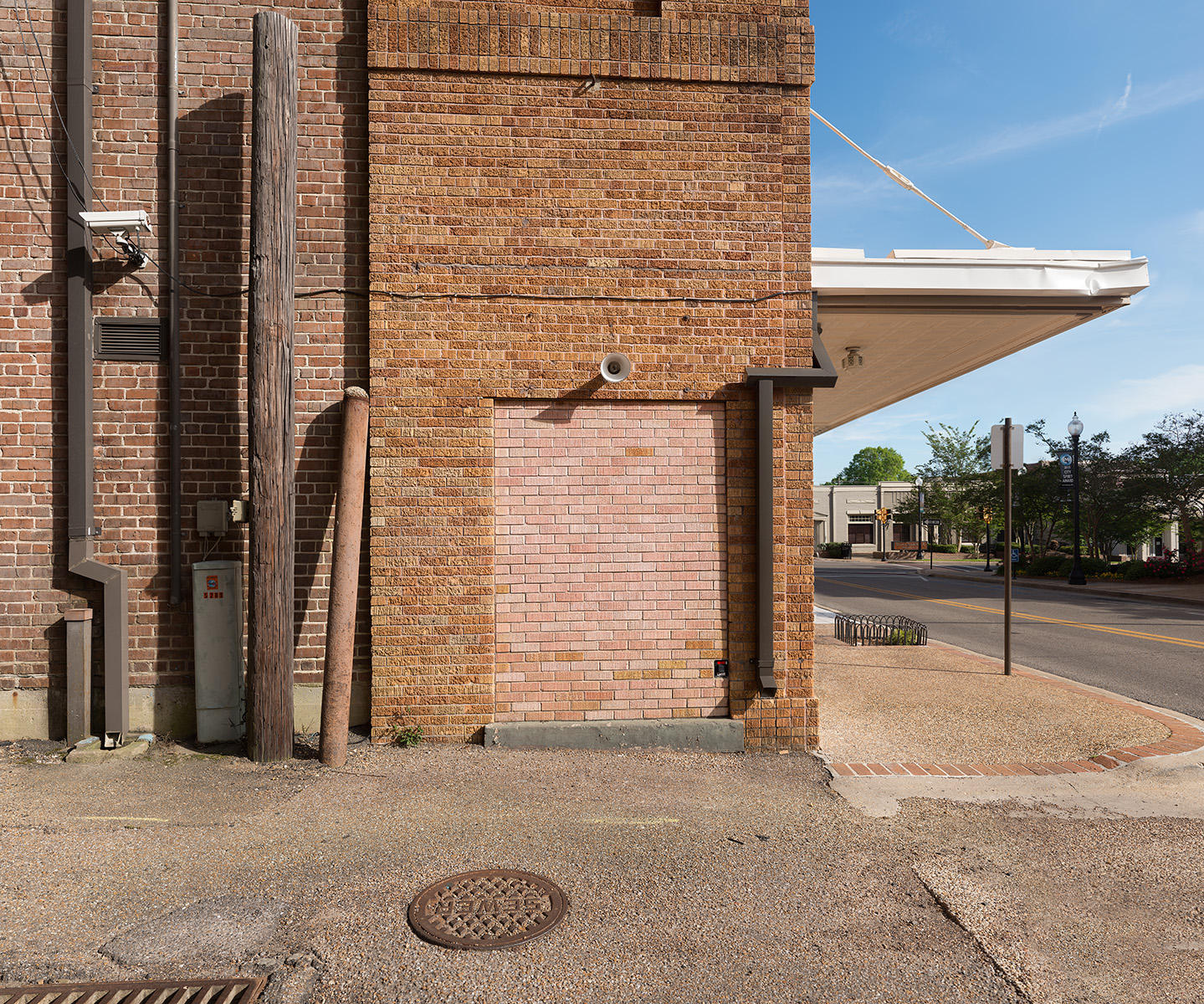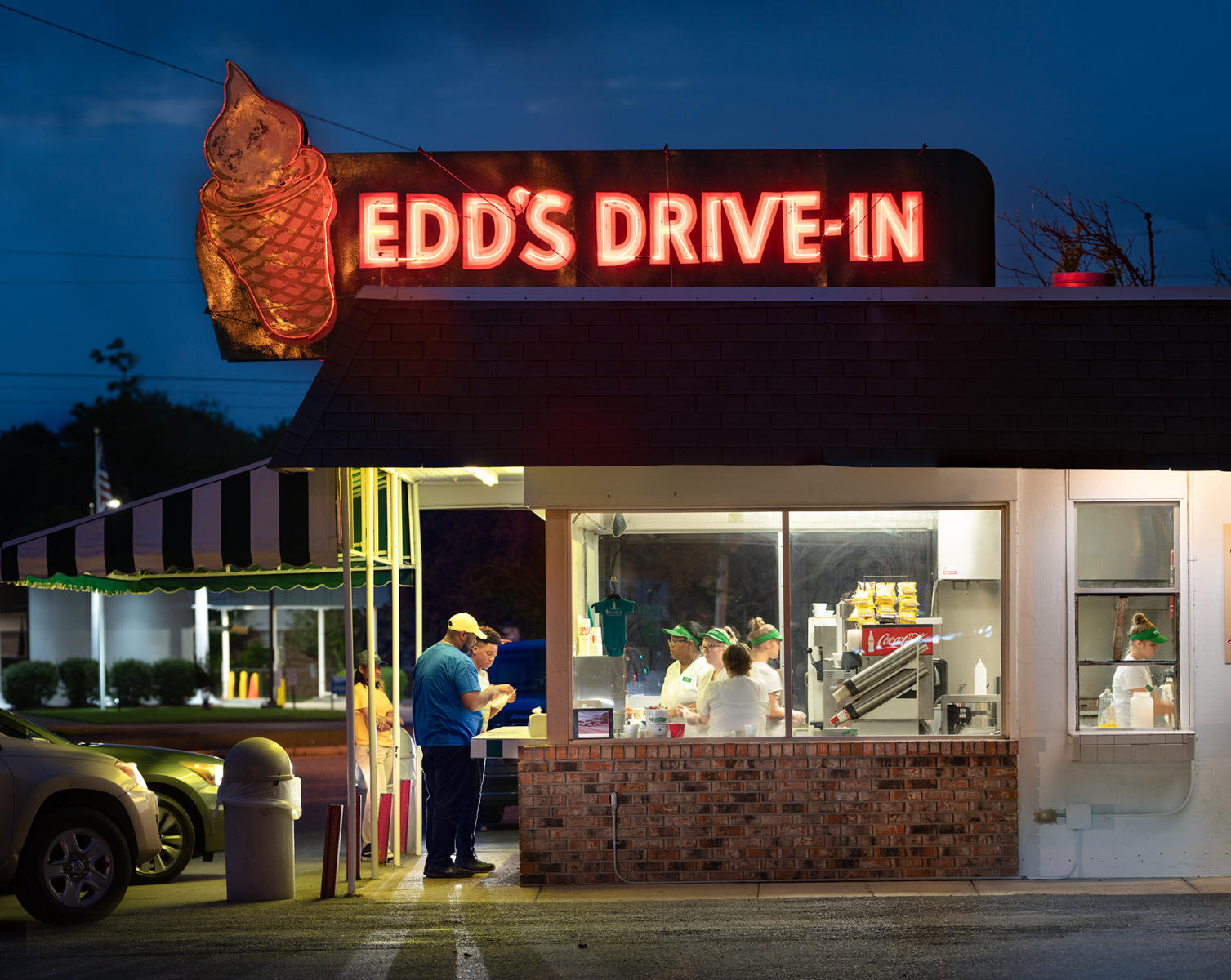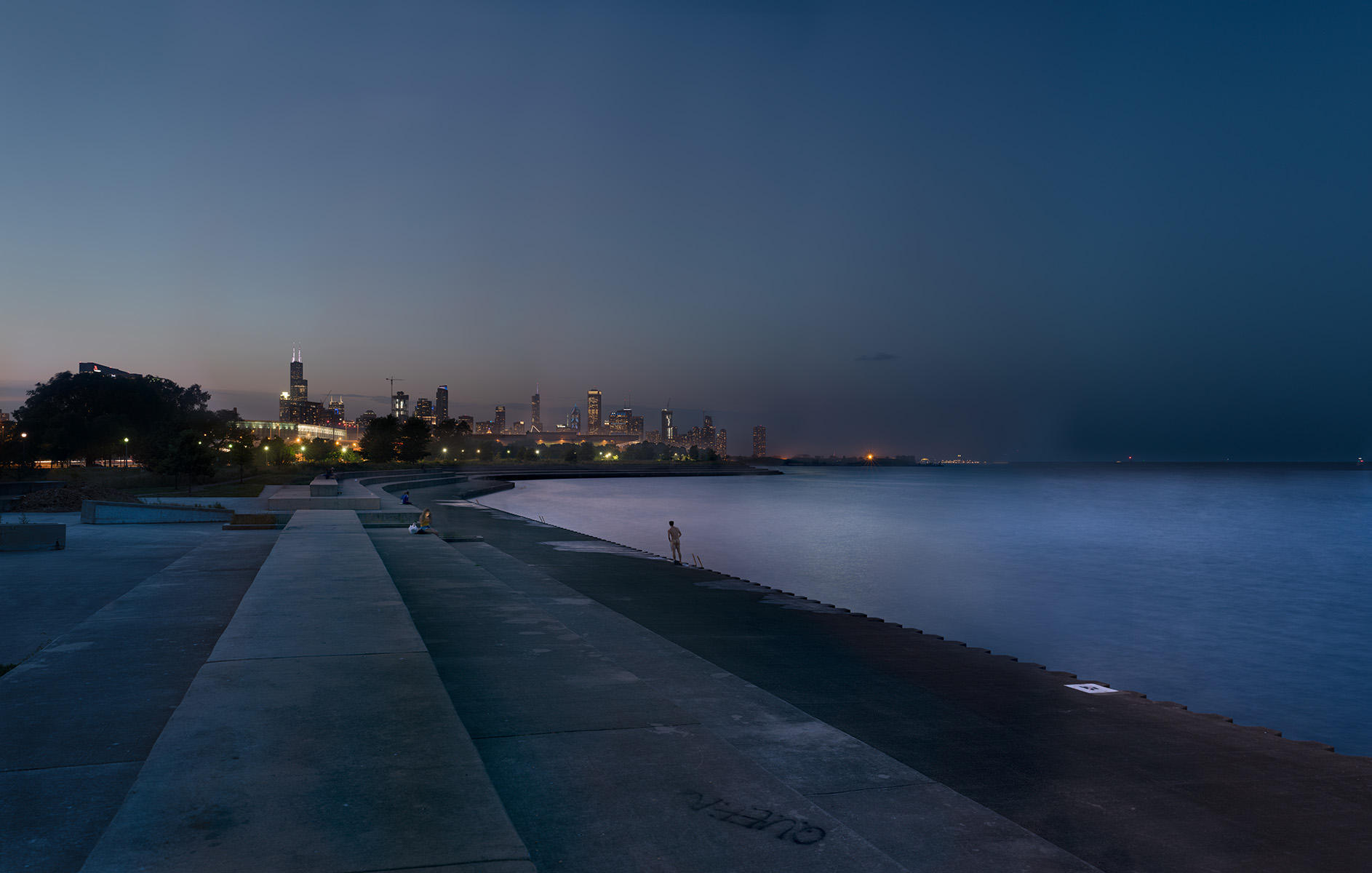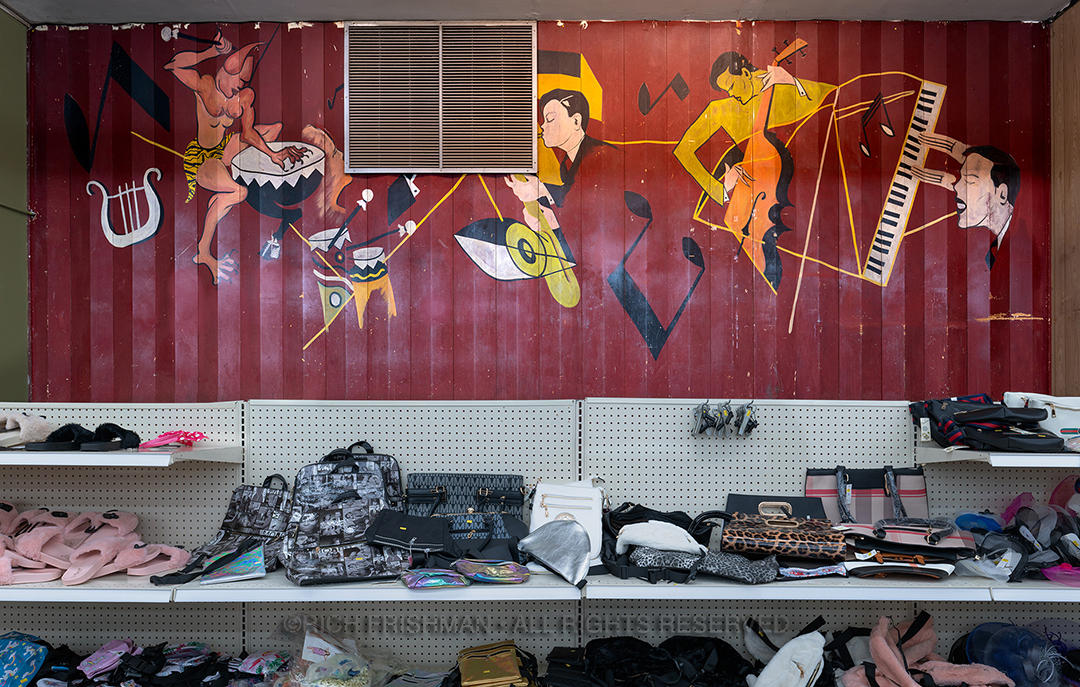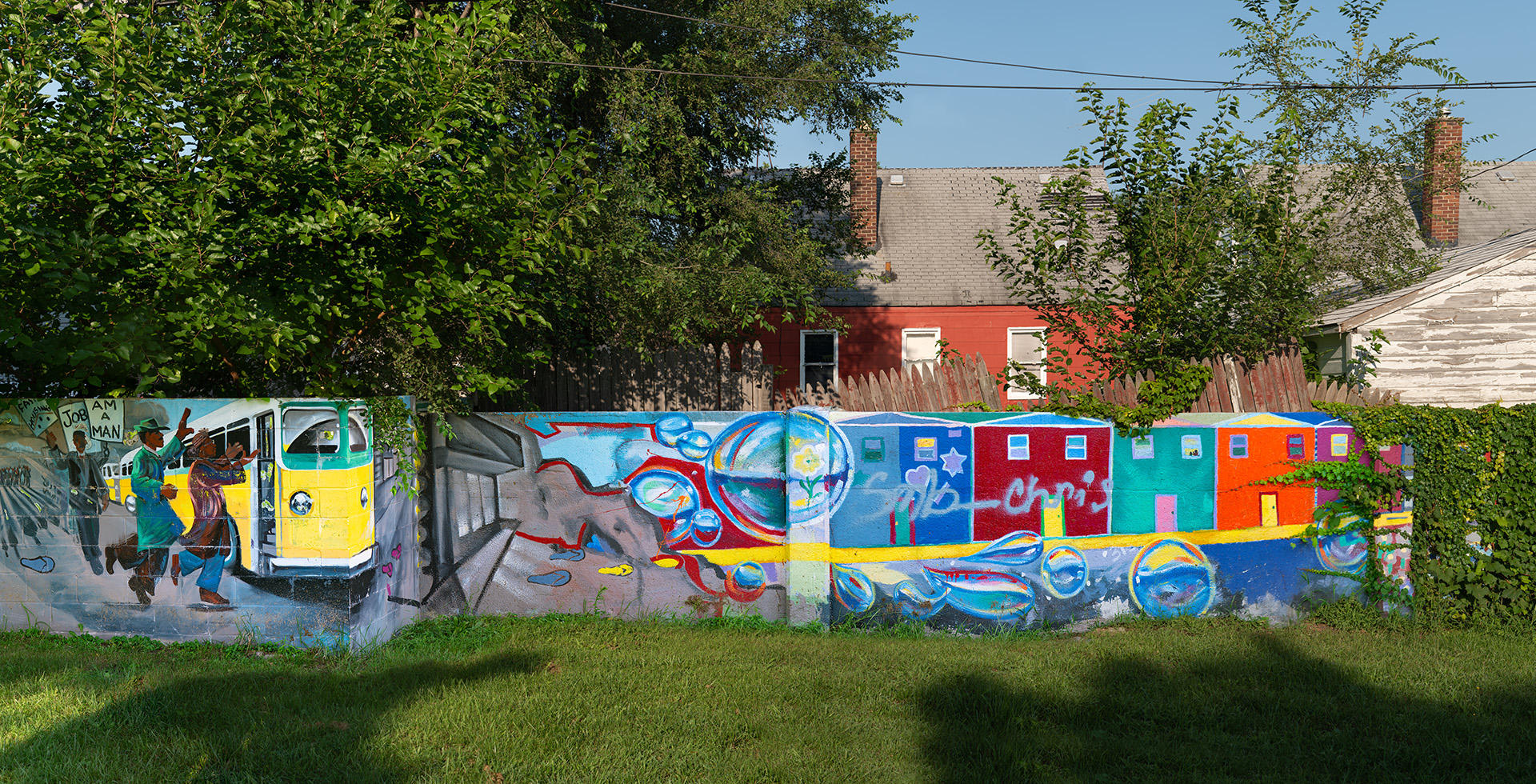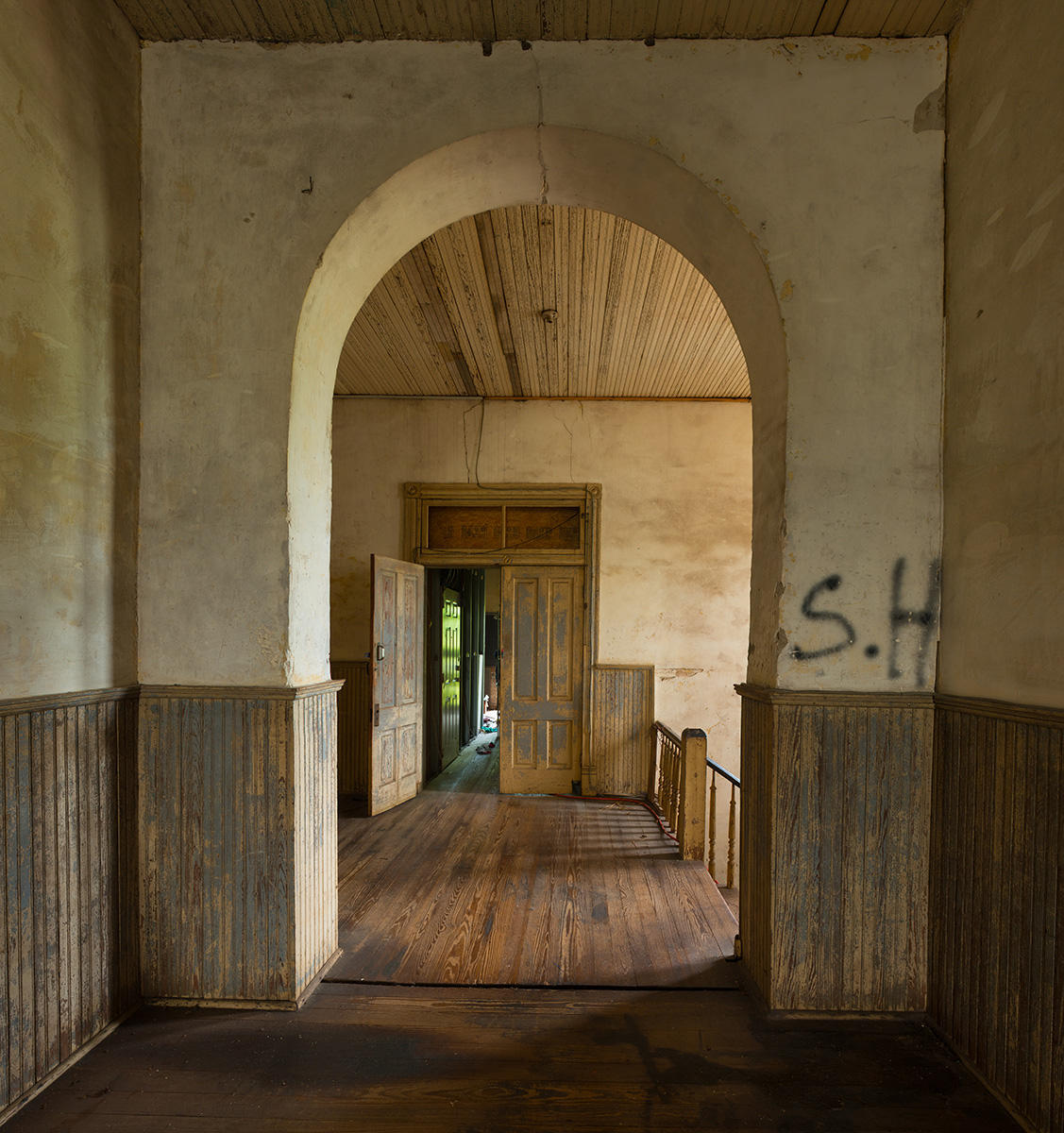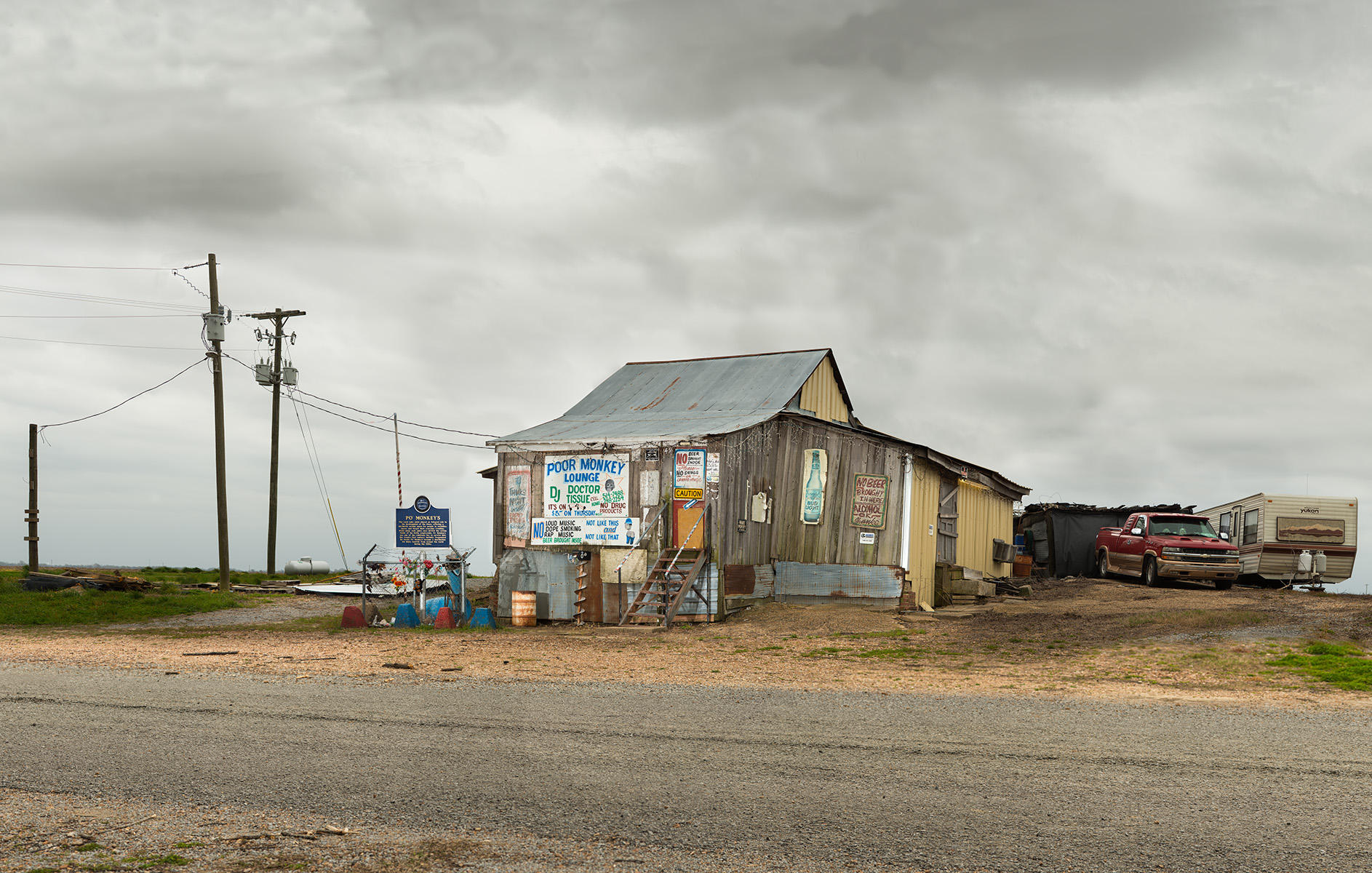OUR BUILT ENVIRONMENT is society's autobiography writ large. Ghosts of Segregation seeks to spark an honest conversation about the legacy of racial injustice in America today. These ghosts haunt us because they are so very much alive.
Each of these images is assembled from hundreds of individual detail photographs meticulously blended to create prints of immersive detail over 4 x 8-feet in size. These limited-edition prints are available for exhibition and acquisition. Images from this project are in the permanent collections of the Museum of Fine Arts Houston, the New Orleans Museum of Art, and a growing number of institutions. A traveling exhibit and educational material are also being developed, with the goal of engaging communities in this important discussion.










